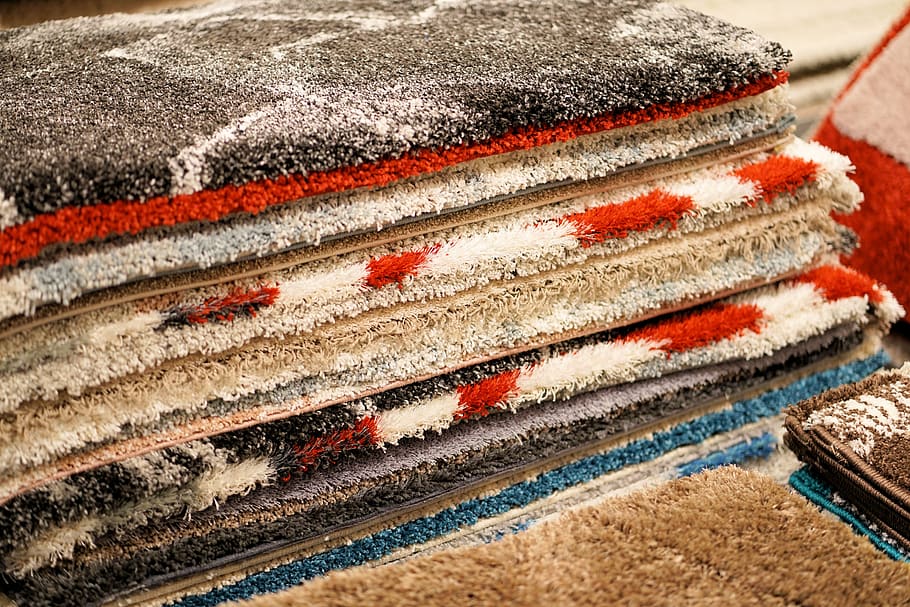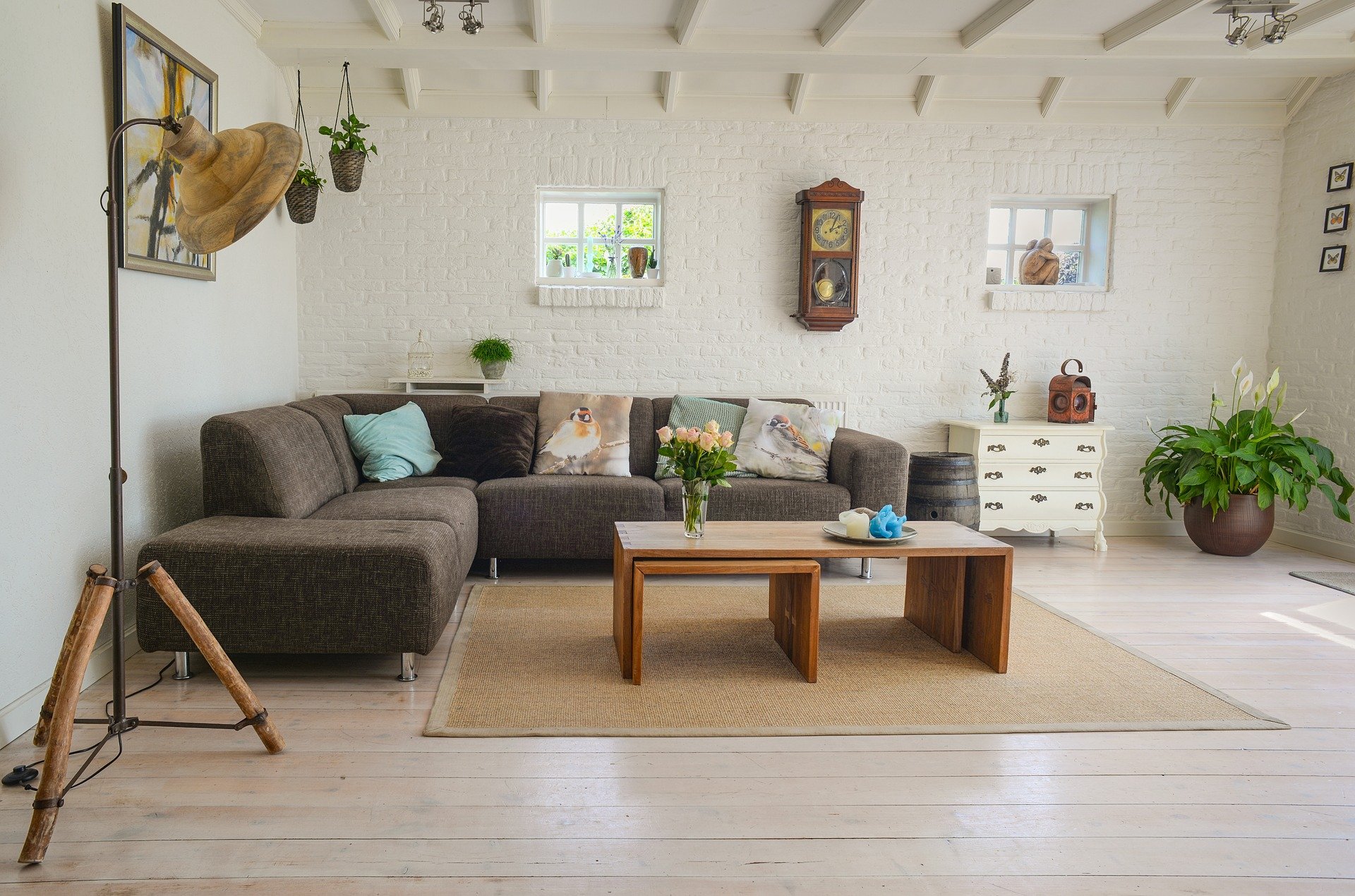Deciding to refresh your home with a new carpet is an exciting prospect, one that instantly promises renewed comfort, warmth, and style. The right choice can transform a room, absorbing sound and adding a layer of plush luxury, but navigating the vast array of options, from fibre types to pile density, can feel overwhelming. Home improvement projects, particularly those involving flooring, represent a significant financial and stylistic commitment, so a systematic, well-informed approach is essential for achieving the perfect finish.
Assessing the Needs of Your Space
The first crucial step in your carpet journey involves a realistic assessment of the room where the new flooring will be laid. The function of the space will dictate almost every subsequent decision, particularly regarding durability and material.
Consider the foot traffic: is this a quiet bedroom where softness and luxury are paramount, or is it a busy hallway or staircase that requires a heavy-duty, resilient product? For high-traffic areas, a dense, short-pile carpet, such as a loop pile or a low-profile twist, is generally advisable as it resists crushing and wear far better than a deeper, plush pile.
If you have children or pets, maintenance and stain resistance become critical. Modern synthetic fibres, like polypropylene, offer excellent resistance to spills and are easy to clean, making them a practical choice for a family room. Conversely, for a main lounge or bedroom, you might prioritise the natural beauty, excellent resilience, and luxurious feel of wool carpet. The key is to balance aesthetic desire with practical, real-world living.
Understanding Carpet Materials and Construction
Once you have a sense of the room’s requirements, you can delve into the technical specifications that determine quality and longevity. The way a carpet is constructed, primarily the fibre material and the pile style, is a strong indicator of its performance.
Fibre Choice: Natural versus Synthetic
Wool carpet remains a perennial favourite, particularly in British homes, thanks to its exceptional bounce back, natural stain resistance, and inherent softness. It’s a sustainable option that also acts as a natural insulator, keeping rooms warm. However, it typically comes at a higher price point.
Synthetic options, such as nylon (polyamide) and polypropylene (olefin), offer superb durability and colour fastness at a more accessible cost. Nylon is exceptionally resilient and is often used in carpets rated for heavy domestic use. Polypropylene is highly resistant to bleach and stains, making it an incredibly popular and practical option for busy households.
Pile Style: Cut, Loop, or Patterned?
The pile describes how the fibre strands are secured to the backing.
- Loop Pile: Fibres are looped and uncut, creating a hard-wearing, textured finish ideal for halls and stairs where superior durability is needed.
- Cut Pile (e.g., Saxony or Velvet): The loops are cut, leaving soft, upright tufts. This gives a plush, luxurious appearance, making it perfect for bedrooms and formal lounges, though it is more prone to showing footprints and pile reversal in high-traffic spots.
- Cut and Loop Pile: Combines both cut and uncut loops to create sculpted, often subtle patterns, which are excellent for masking soil and wear.
A good rule of thumb is to check the density of the carpet, regardless of the pile type. A denser carpet, where the fibres are packed closely together, will generally be more hardwearing than one with a sparser, looser construction.
The Unsung Hero: Quality Underlay
While the visible carpet gets all the attention, the quality of the underlay is arguably just as important for both the lifespan and feel of your flooring. A high-quality underlay provides crucial cushioning, enhancing comfort and luxury underfoot, particularly in a lounge or bedroom. More importantly, it acts as a shock absorber, protecting the carpet fibres from the relentless pressure of foot traffic, significantly extending its life. Additionally, a good underlay improves thermal and sound insulation, contributing to a quieter, warmer home. Never underestimate this small but mighty investment.
Securing the Perfect Finish: Professional Installation
The final step, carpet installation, is where the difference between a satisfactory result and a truly professional finish is made. Improper fitting can lead to premature wear, visible seams, and unsightly ripples that not only look poor but can also create tripping hazards.
Professional carpet fitters possess the specialist tools and expertise to handle tricky spaces like staircases and irregular room shapes, ensuring the carpet is correctly stretched and trimmed. This meticulous approach guarantees a flawless, long-lasting installation, and is often a requirement for the carpet manufacturer’s warranty to remain valid. When seeking guidance on selecting the right materials or ensuring an installation meets the highest standards, consulting specialists such as the team at Patchwork Flooring is invaluable; their expertise in fitting services is highly regarded for those seeking reliable carpet fitters. Entrusting the installation to professionals protects your investment and delivers that crisp, seamless wall-to-wall finish you desire in your home.
Making an informed decision on your new carpet will ensure you select a flooring that is not only beautiful but also perfectly suited to the demands of your lifestyle, guaranteeing comfort and style for years to come.







